Different Companion Plants with Zucchini
Borage
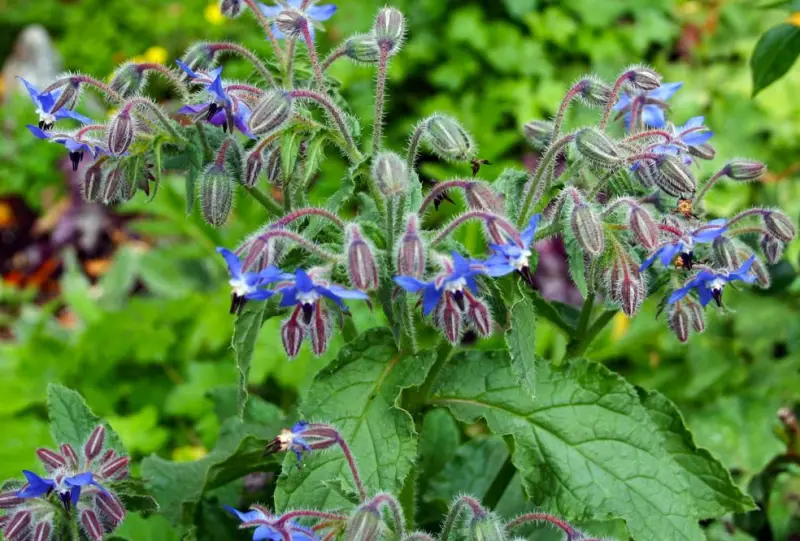
Borage, with its striking turquoise star-shaped flowers, is a fantastic companion plant for zucchini. Known for repelling cucumber beetles and attracting bees, borage helps improve pollination rates, leading to larger and juicier squash. Its deep taproots also draw up minerals and water from the soil, making these nutrients more accessible to nearby plants.
To plant, transplant borage alongside zucchini, leaving about 18 inches of space between them. Borage’s bushy growth complements zucchini without overwhelming it, offering both protection and enhanced pollination.
Nasturtiums
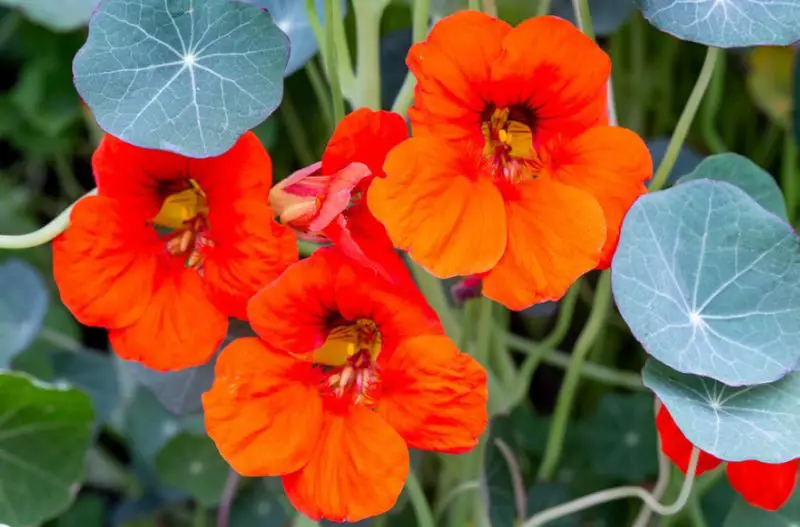
Nasturtiums, known for their vibrant, multi-colored flowers, are excellent companion plants for zucchini. These Tropaeolum spp. flowers attract beneficial insects like hoverflies, parasitic wasps, and ladybugs, while their spicy aroma repels pests, luring them away from your crops. Additionally, nasturtium flowers are edible, adding a peppery flavor to summer salads.
To plant, give nasturtiums ample space, as they can vine up to 10 feet and spread over 3 feet. Sow them along the perimeter of veggie beds, maintaining 18-24 inches between nasturtiums and other plants to prevent them from overtaking your zucchini.
Marigolds
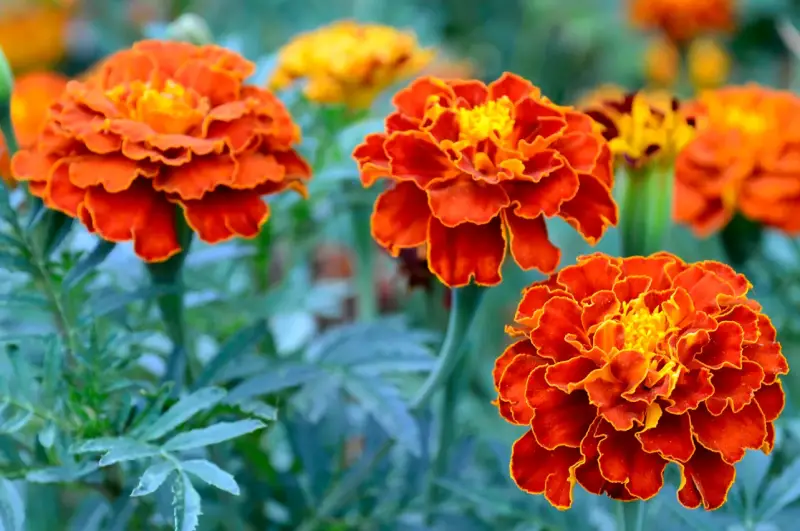
Marigolds, known for their strong scent, are powerful pest repellents, particularly the French marigold variety. These flowers repel insect pests above-ground and suppress root knot nematodes below-ground, making them invaluable companions for zucchini. Their aroma also deters rabbits and rodents, while pollinators are drawn to their bright blooms, adding beauty to your garden and bouquets.
To plant, choose compact French marigold varieties. Space them every few feet around the perimeter or row ends of your zucchini beds, keeping 12-18 inches between marigolds and neighboring plants to prevent overcrowding.
Phacelia
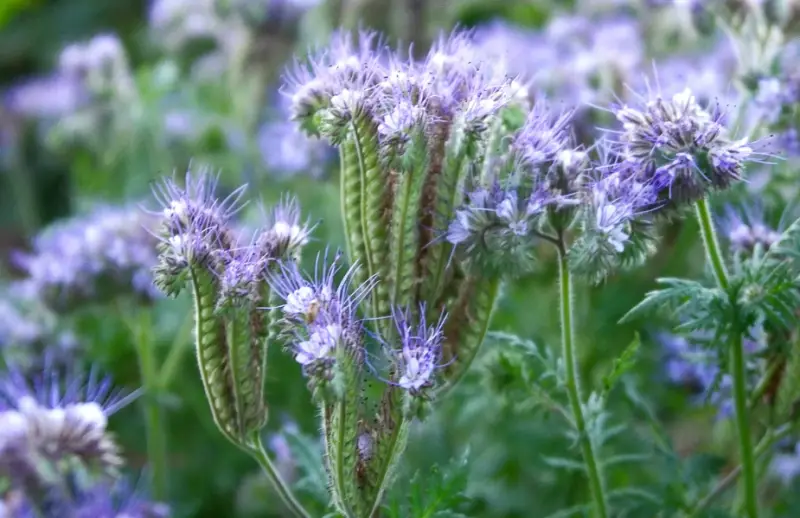
Phacelia, with its striking purple, bell-shaped flowers and lacy fern-like foliage, is an outstanding companion plant for zucchini. Known as one of the best insectary plants, Phacelia attracts a variety of pollinators, especially bees, ensuring excellent squash pollination. As a member of the Boraginaceae family, it shares many beneficial properties with borage.
To plant, direct seed Phacelia alongside zucchini, leaving 18-24 inches of space between plants. It’s ideal for clump plantings in border beds, maturing perfectly in sync with your squash.
Bachelor’s Buttons
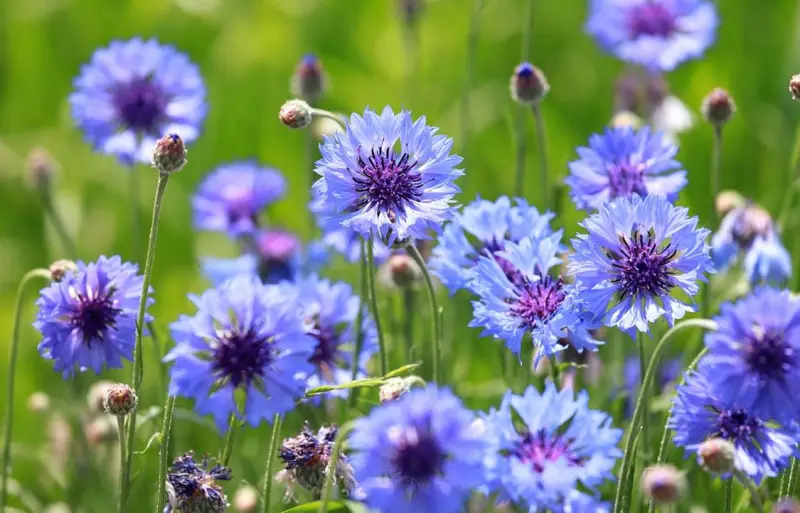
Bachelor’s Buttons, known for their vibrant pom-pom-shaped flowers, are excellent at attracting beneficial pollinators, making them ideal companions for zucchini. These hardy annuals, also called cornflowers, thrive in hot conditions and bloom continuously throughout the summer, perfectly complementing zucchini’s growing season. They are easy to grow, not picky about soil, and won’t compete with your squash for nutrients.
To plant, direct seed Bachelor’s Buttons 12-18 inches from zucchini plants or in large clumps along bed borders. They can self-sow, returning each year without overwhelming your garden.
Bee Balm
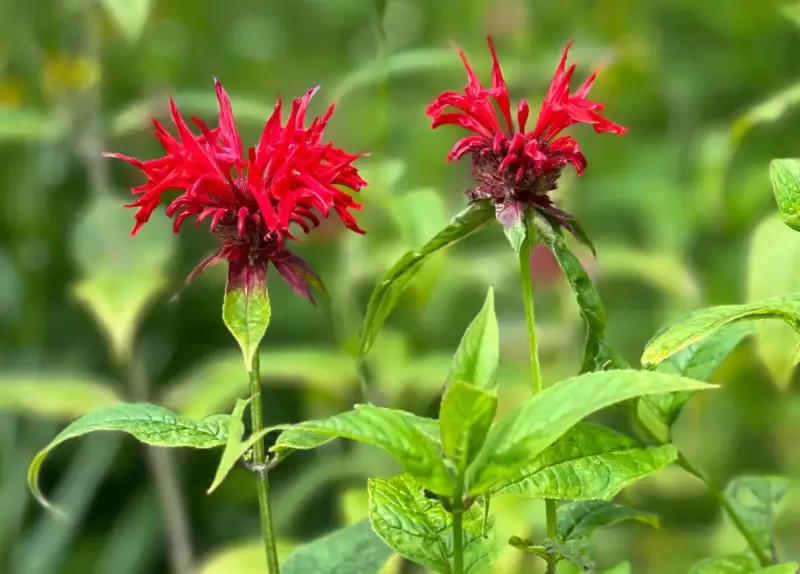
Bee Balm, with its strong aroma and high concentrations of essential oils, is a powerful pest repellent and a magnet for bees, butterflies, and beneficial predators. Its vibrant, poofy flowers make it a beautiful and functional addition to your garden. This low-maintenance perennial comes back year after year, offering continuous support, and is native to the United States, making it ideal for gardeners who prefer native plants.
To plant, keep Bee Balm in the perennial herb margins of your garden, within a few yards of zucchini beds. These bushes can grow up to 4 feet tall and spread 3-4 feet, so avoid placing them directly in annual beds.
Snapdragons
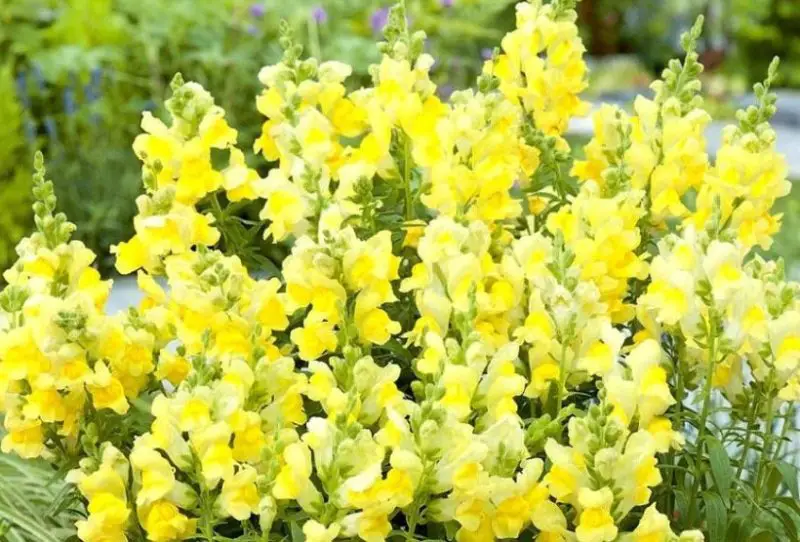
Snapdragons, with their tall, spike-shaped stems and fragrant bell-shaped flowers, are perfect companions for zucchini. These blossoms not only make stunning cut flowers but also attract bumblebees and native bees, enhancing pollination in your garden.
To plant, seed snapdragons in the spring, 3-4 weeks before transplanting zucchini. They can be arranged in rows alongside zucchini or scattered between plants, ensuring they are about 6 inches tall by the time the zucchini is planted. Leave 12-18 inches of space between them. Their cold tolerance allows them to thrive even after zucchini season ends.
Yarrow
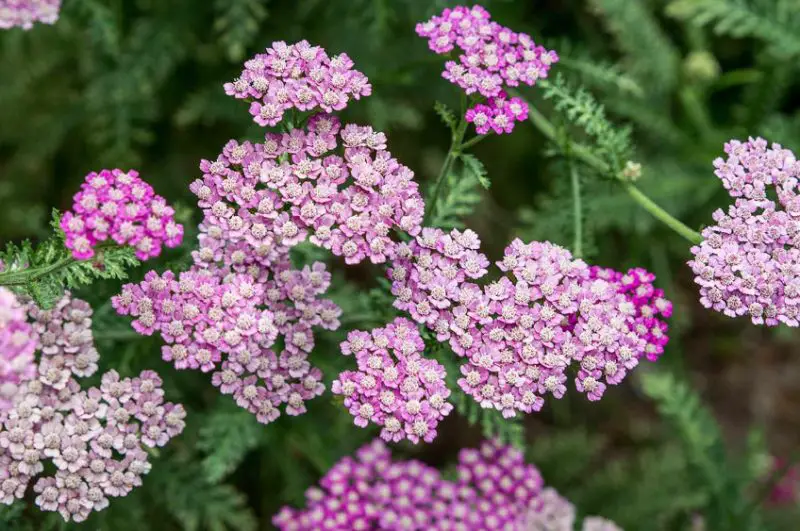
Yarrow, with its lacey foliage and umbel-shaped flowers in creamy white, pastel pink, or vibrant yellow, is a great addition to your zucchini patch. It attracts parasitic wasps and hoverflies, which help reduce aphid and cucumber beetle populations. Honey bees also love yarrow, aiding in squash pollination.
To plant, seed yarrow about a month before you plant zucchini, and ensure it has at least 24 inches of space from neighboring squash plants. It works well in the corners of raised beds or spaced every 6 feet in a row. Classic native wildflower yarrow is preferred, but any variety will benefit your garden.
Sweet Alyssum
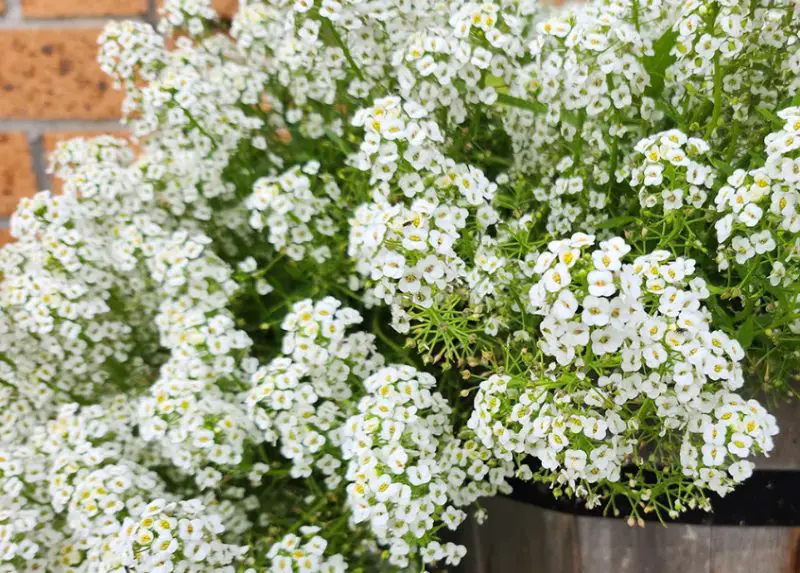
Sweet Alyssum, with its delicate white flowers and sweet fragrance, is an ideal companion plant. It attracts beneficial insects like ladybugs and parasitic wasps, which help control pests in the garden. Alyssum is non-competitive, meaning it won’t steal light, nutrients, or space from your crops.
When paired with zucchini, it can significantly reduce pest pressure and boost pollination, leading to better yields. Plant it near your squash, leaving 10-12 inches of space for optimal growth.
Calendula
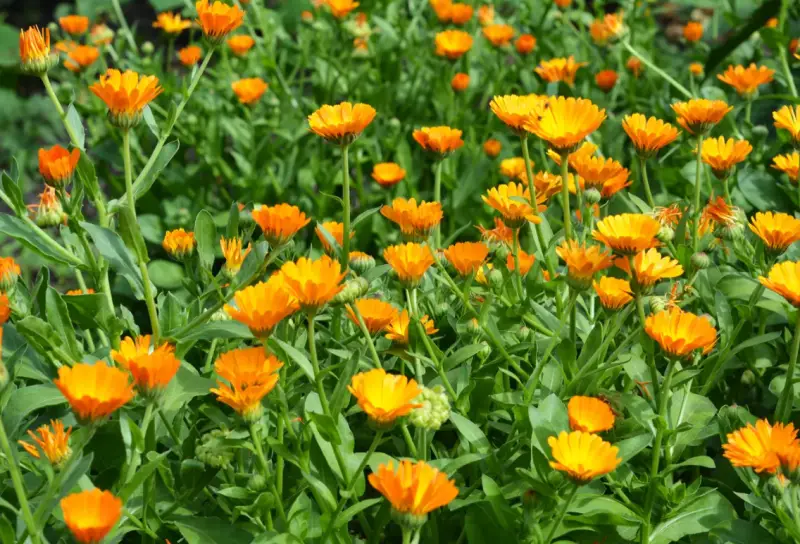
Calendula, with its vibrant orange flowers, is a must-have for any garden. This daisy-family herb is excellent at attracting beneficial insects like aphid-eating lacewings, hoverflies, and parasitic wasps, which help keep pests under control. Calendula is also known for its medicinal properties, particularly for skin and digestive health.
To plant, scatter seeds throughout your garden, leaving about 12 inches between calendula and other plants. It thrives best along the margins of raised beds or row ends.
Clover
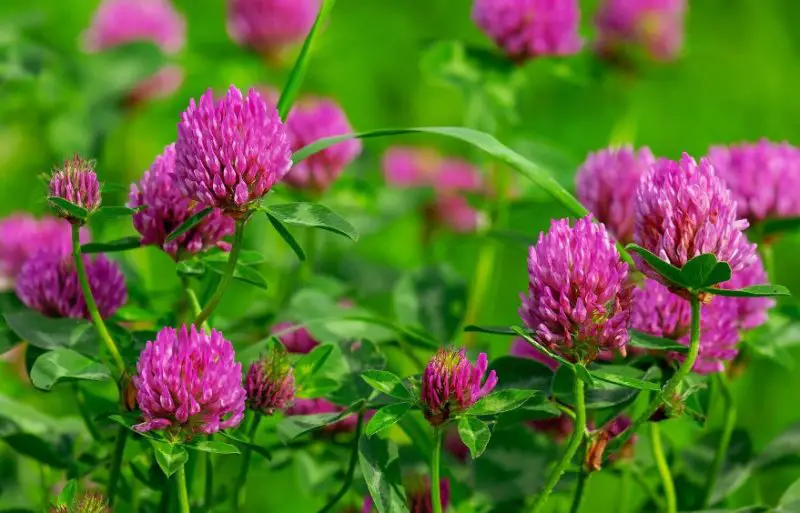
Clover, both white and red, is an excellent nitrogen-fixing plant often used as a cover crop. It doubles as a living mulch, suppressing weeds, retaining soil moisture, and attracting beneficial insects when sown around zucchini beds or in garden pathways. The fragrant clover blossoms can enhance squash pollination and reduce pest pressure. However, clover can become unruly if left unchecked.
To plant, keep clover in pathways or around raised beds, avoiding direct sowing next to zucchini. Maintain it by mowing or edging, and mulch under zucchini to prevent clover from creeping in.
Echinacea
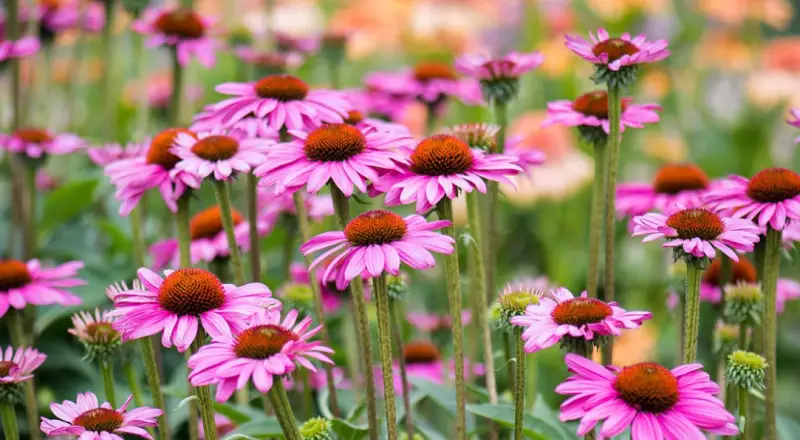
Echinacea, also known as coneflower or purple coneflower, is a valuable addition to your garden for its pest-repelling properties. It effectively deters squash bugs and aphids while attracting beneficial pollinators, enhancing your zucchini harvest.
To plant, space echinacea 18-24 inches apart, and note that it may take a year or two to start flowering. As a hardy perennial, it’s best situated in herbal border beds rather than directly in squash beds. With patience and proper spacing, you’ll enjoy its beautiful pink cone-shaped blooms and its role in reducing pests.
Zinnias
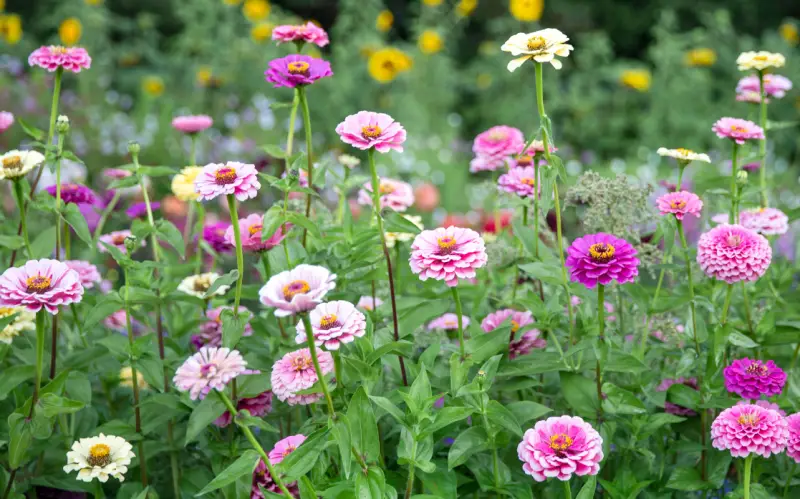
Zinnias, with their vibrant and colorful flowers, are a great companion for zucchini. Thriving in warm weather and full sunlight, zinnias not only add beauty to your garden but also help protect your squash from pests while attracting pollinators.
To plant, transplant zinnias into the garden at the same time as your zucchini, spacing them every few feet among your squash seedlings, as well as with tomatoes or peppers. Be mindful of powdery mildew, which can spread to your squash; remove or cut back any zinnias showing signs of disease to keep your garden healthy.
Dill
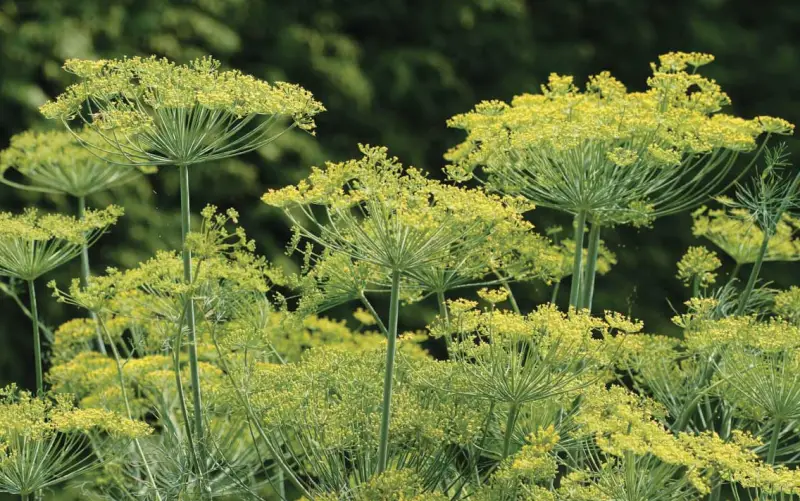
Dill, with its large umbel flowers, is an excellent companion plant for zucchini. It attracts a variety of beneficial insect predators, such as ladybugs, parasitic wasps, and hoverflies, which help control aphids, thrips, and cucumber beetles. Additionally, young dill plants can boost the growth and vigor of zucchini seedlings.
To plant, transplant dill into the garden alongside your zucchini, ensuring a space of about 12-18 inches between the plants. Regularly harvest the leaves and let the dill bolt into its full summer bloom. Keep up with maintenance to prevent the plant from becoming unruly.
Mint
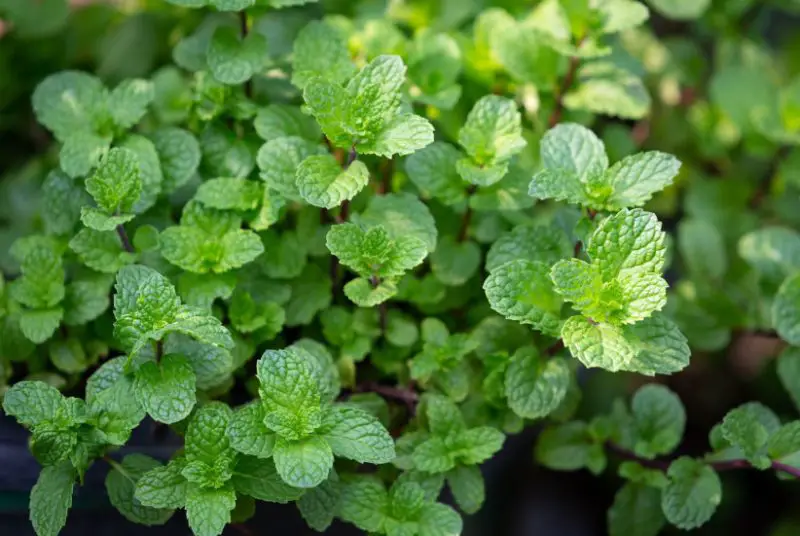
Mint, known for its strong aroma, is effective at repelling pests from zucchini beds. Its powerful scent deters unwanted bugs, while its flowers attract bees and beneficial insects, enhancing the overall health of your garden.
To plant, avoid placing mint directly in zucchini beds due to its aggressive growth. Instead, use it as a groundcover or pruned shrub in neighboring perennial beds to benefit from its pest-repelling properties without it taking over.
Oregano
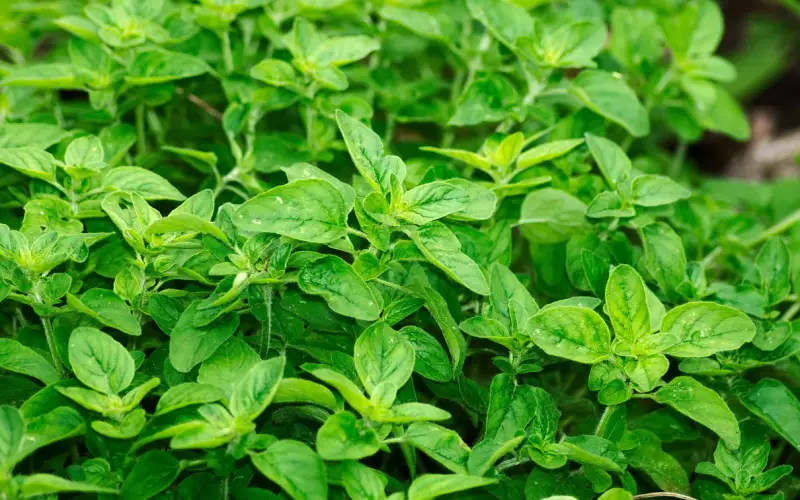
Oregano, with its peppery aroma, is an effective herb for repelling beetles and aphids from zucchini. Its aromatic leaves deter squash bugs, while its purple flowers attract lacewings and other beneficial predators, adding valuable pest control and pollination support to your garden.
To plant, position oregano in the borders or corners of your zucchini beds, ensuring about 16-18 inches of space from neighboring plants. Its low growth habit can be overshadowed by zucchini if planted too close, so give it ample room to thrive.
Rosemary
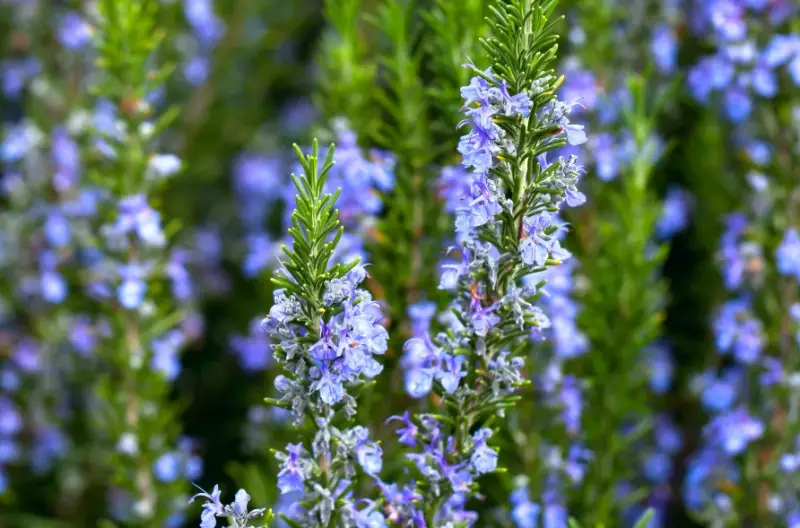
Rosemary, with its resinous leaves and distinctive flavor, is an excellent companion plant for zucchini. It effectively repels pests like cucumber beetles and squash bugs, while also adding a flavorful touch to your zucchini dishes.
To plant, place rosemary on the perennial margins of your garden, away from annual beds but within a few yards of your zucchini crops. Given its potential to grow wide and tall, rosemary should have ample space to thrive without overshadowing your other plants.
Lavender
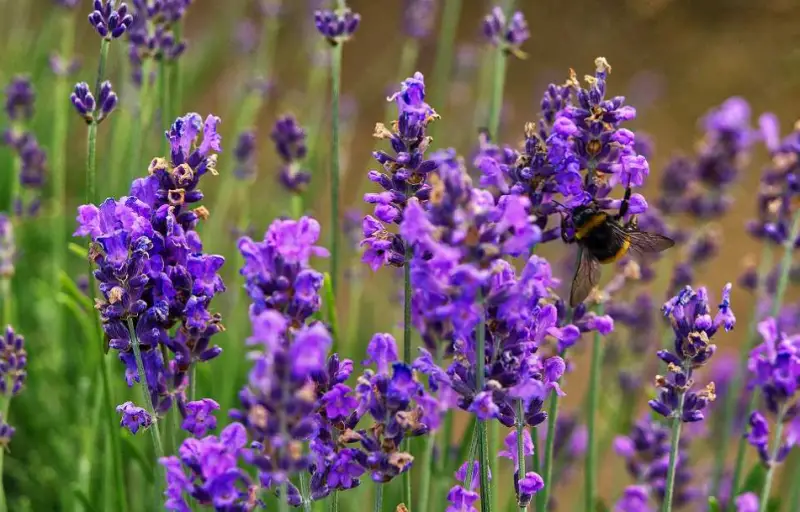
Lavender, with its sweet fragrance and beautiful purple flowers, is a fantastic addition to your garden. This Mediterranean native not only adds ornamental value but also repels pests and attracts bees, aiding in zucchini pollination.
To plant, position lavender along the borders of your vegetable garden in gravelly soil, ideally alongside rosemary. Ensure it is a few yards away from your zucchini to allow ample space for both plants to thrive.
Sage
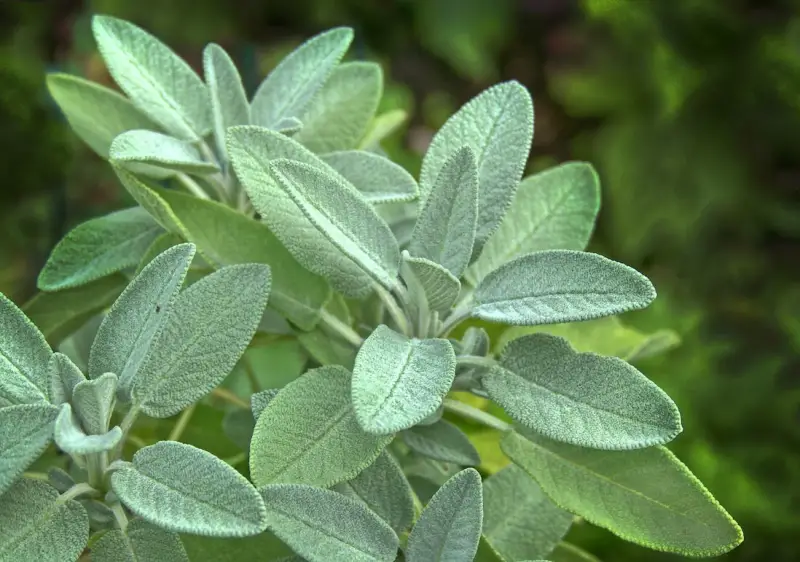
Sage, with its strong herbal scent, effectively repels unwanted bugs from your garden. It not only enhances your kitchen dishes but also produces attractive flowers during peak summer. Like rosemary and lavender, sage is a low-maintenance herb, though it can grow quite wildly if not monitored.
To plant, position sage along perennial borders with lavender and rosemary. This placement helps it thrive while keeping pests away from your zucchini and other vegetables.
Thyme
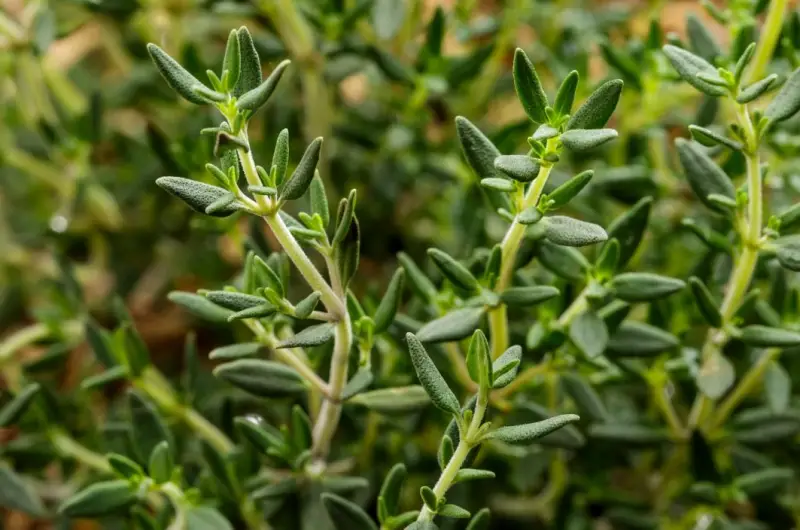
Thyme, known for its compound thymol, helps prevent soil-borne pathogens and repels pests. Its fragrant flowers attract beneficial insects, contributing to a healthy garden ecosystem.
To plant, place bushy thyme on the margins of your zucchini patch or use a creeping thyme variety as ground cover within the zucchini bed. Creeping thyme is tolerant of moderate shade and foot traffic, providing a cool, moisture-retentive surface that suppresses weeds and helps prevent rot in young zucchini plants.
Corn
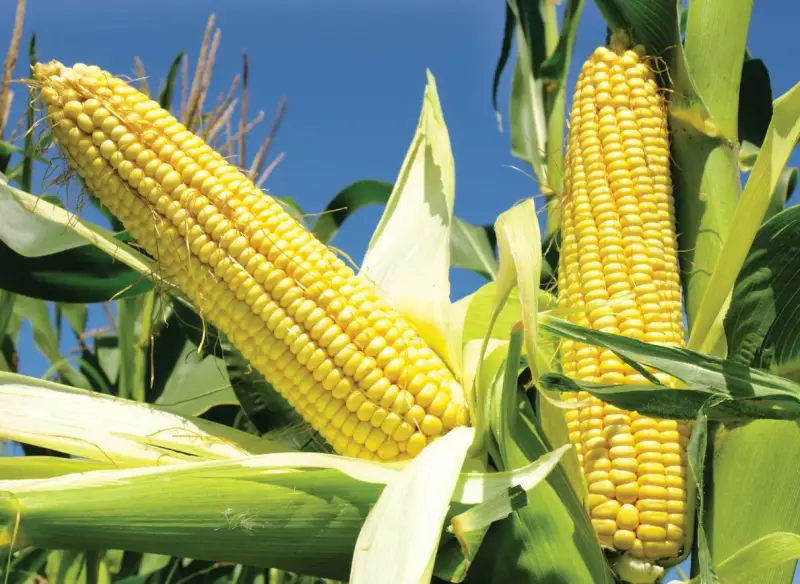
Corn is an excellent companion for zucchini, complementing its growth without competition. This classic “three sisters” planting—corn, beans, and squash—creates a symbiotic garden where each plant benefits the others.
In this arrangement, zucchini provides ground cover to suppress weeds and retain soil moisture, while beans fix nitrogen to enhance the growth of both corn and zucchini. Corn supports the beans as they climb, using the space between zucchini plants effectively.
To plant, seed or transplant corn in mounds, spacing zucchini every 4 feet between rows. For added benefits, plant beans around each corn stalk. This setup maximizes yields and enhances garden biodiversity.
Tomatoes
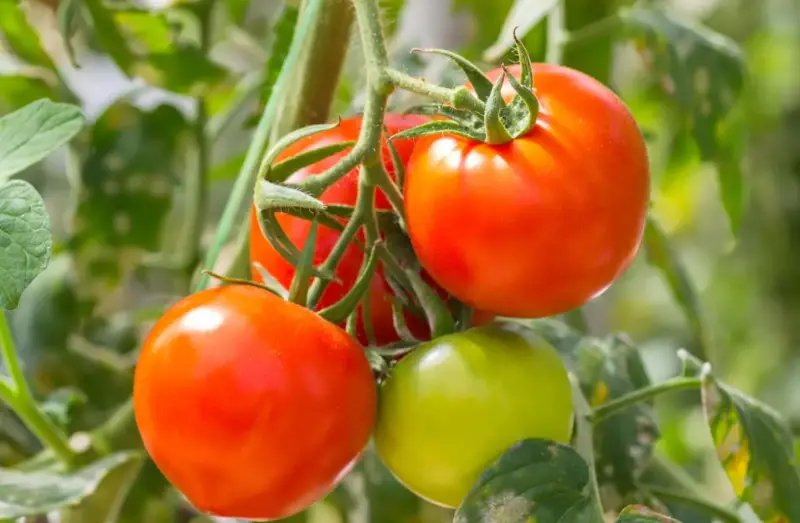
Tomatoes are an excellent companion for zucchini due to their height and resilience. While zucchini leaves provide ground cover to keep soil cool and moist, tomatoes, with their tall stature, don’t compete with zucchini for space. Both plants attract pollinators with their blossoms, enhancing overall garden productivity.
For best results, trellis indeterminate tomatoes or use bush varieties. Transplant seedlings with at least 18 inches of space between them, and prune tomatoes to ensure good airflow and prevent overcrowding.
Garlic
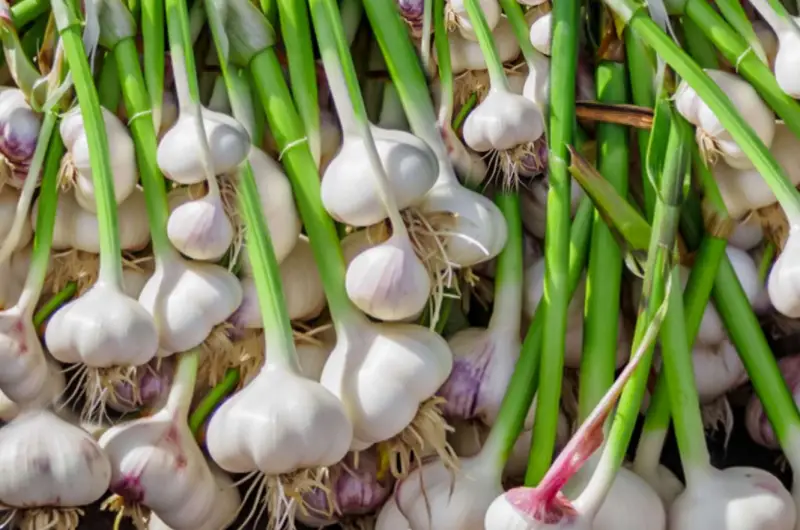
Garlic is an effective companion plant for zucchini due to its strong fragrance that repels aphids and cucumber beetles. By planting garlic alongside zucchini, you can naturally deter these common pests, contributing to a healthier garden.
To maximize benefits, harvest a row of summer “green garlic” from the center of your beds, then plant zucchini seedlings after the last spring frost. This allows the garlic to continue maturing as the zucchini grows. Maintain at least 18 inches between rows of garlic and zucchini for optimal results.
Onions
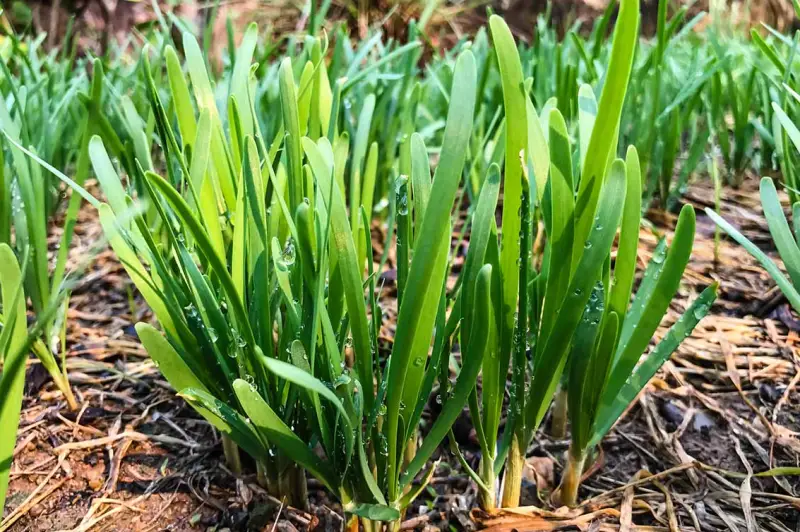
Onions are a valuable companion plant for zucchini due to their pungent odor that repels pests. Their strong smell deters common zucchini pests, while their large bulbs help to loosen the soil, benefiting the shallow roots of zucchini.
For best results, transplant onions alongside zucchini, keeping them about 24 inches apart. You can arrange onions in a clean row or border a raised bed, allowing for easy alternation between crops and maximizing garden yields.
Peppers
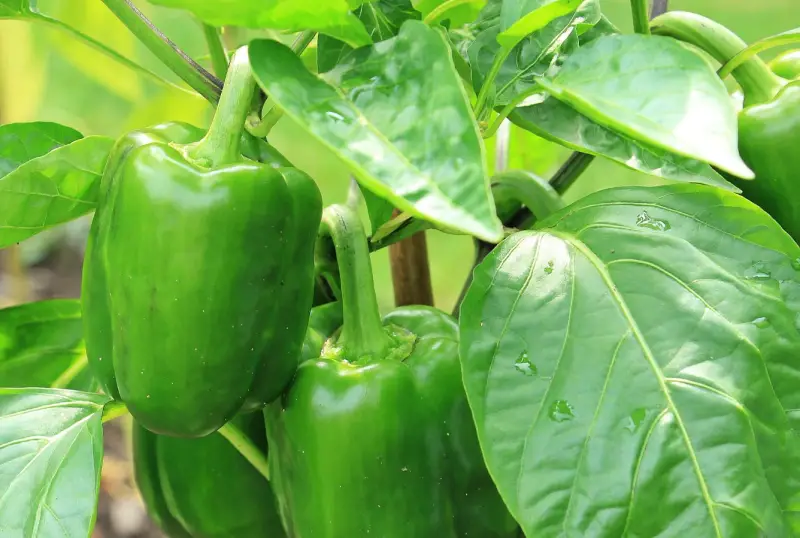
Peppers are an excellent companion for zucchini, as their compact, sturdy growth complements the zucchini’s bushy habit. Whether sweet or hot, peppers thrive in the partial shade provided by zucchini, which protects their fruits from sunburn.
Their long growing season, which can extend from 70-100 days, fits well with the zucchini’s shorter harvest time, allowing you to fill garden space efficiently. Start pepper seeds indoors a month before zucchini, and transplant them with 18-24 inches of space between the plants to avoid overcrowding.
Peas
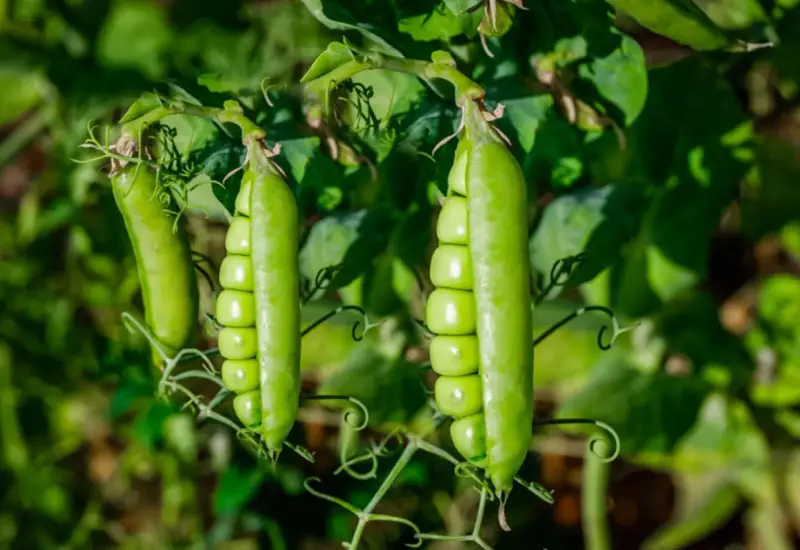
Peas are a valuable companion for zucchini, enriching the soil with nitrogen through their symbiotic relationship with rhizobium bacteria. This process transforms atmospheric nitrogen into a form readily available for plants, which is especially beneficial for zucchini, a moderate to heavy feeder.
Peas can also use vertical space efficiently, climbing up a trellis without overshadowing zucchini plants. Their broad leaves help retain soil moisture and suppress weeds, while the peas themselves thrive in the available vertical space.
To plant, choose indeterminate (vining) shelling peas that can handle heat and provide a trellis. Seed peas at the same time as zucchini, spacing them at least 12” away from the squash. Use a narrow, tall trellis for best results.
Beans
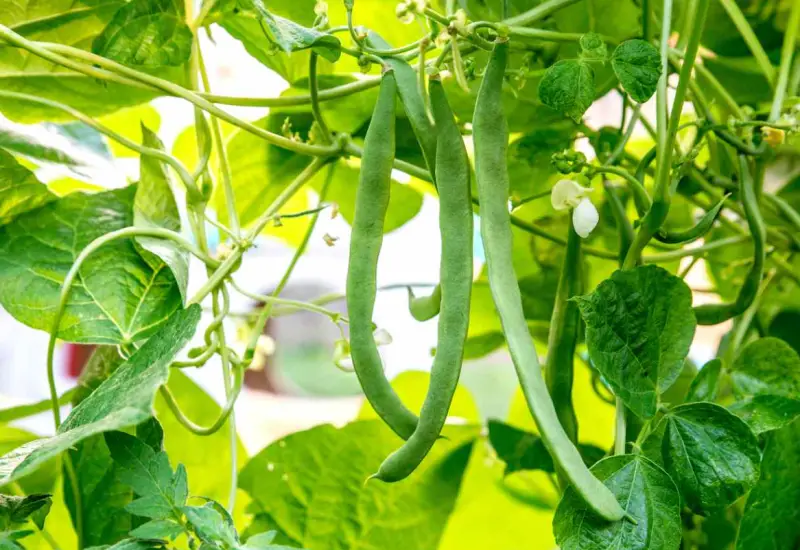
Beans are excellent nitrogen-fixing companions for zucchini. They rapidly grow and utilize vertical space above the zucchini, while the zucchini’s broad leaves provide ground cover, reducing competition. To make the most of this pairing, opt for pole beans rather than bush beans, as bush beans may be overshadowed by the zucchini.
Set up a trellis for the pole beans to climb, ensuring they have the vertical space needed without interfering with your zucchini crop. This combination enhances soil fertility and maximizes garden space.






